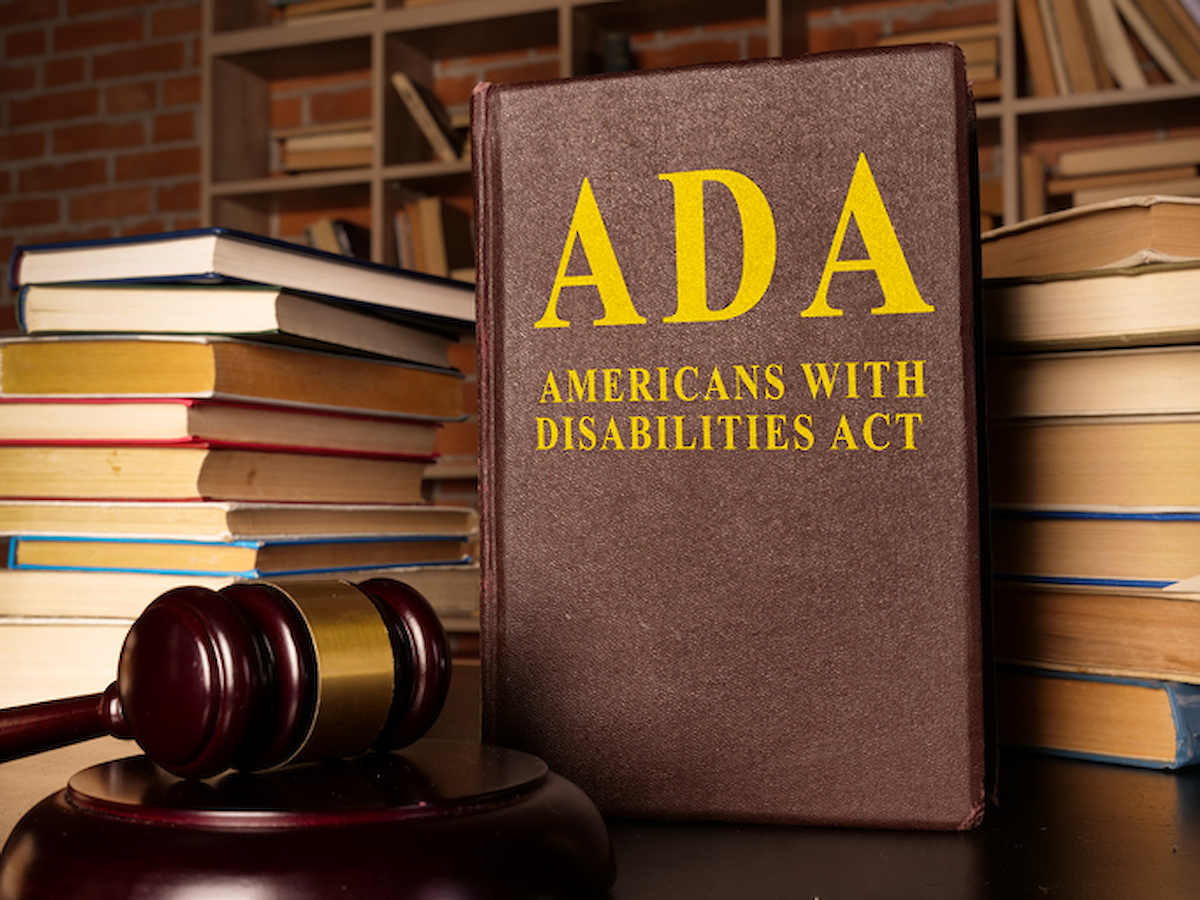Captioning in Higher Education
news / captioning-in-higher-education | Previous Post Next PostCaptioning in Higher Ed: Benefits Beyond Compliance

Colleges and universities across the country have been increasingly pressed into captioning video content on websites and in classrooms. This is to comply with Title III of the Americans with Disabilities Act and Sections 504/508 of the Rehabilitation Act.
Captioning has been utilized primarily for meeting the needs of deaf and hard-of-hearing students over the years. However, captioning is proving to have a wide array of benefits beyond mandatory compliance.
Providing a quality learning experience for every student learner is a crucial component for all levels of education—from Pre-K through higher education.
Every classroom is comprised of different types of learners. Most classrooms also encompass students with learning disabilities, challenges with hearing or sight, or a native language other than English. In addition, “classrooms” are not only found on campuses but also in homes, offices, and cafés. This has become especially true as remote learning has increased exponentially due to the pandemic.
Research is increasingly revealing that captions can benefit all student learners - not only the deaf or hard-of-hearing.
A recent study by Verizon indicates:
- 80% of people who use captions are not deaf or hard of hearing,
- 80% are more likely to watch an entire video when captions are available,
- 50% agree captions are important in enabling them to watch videos with the sound off,
- 1 in 3 have captions turned on in a public setting.
Oregon State University’s Ecampus conducted a study of 2,000 students, where they discovered 1,532 students used captions but reported no deafness or disabilities. Over 87% had a positive response to caption use, with 57.2% finding captions extremely or very helpful. An additional 30.5% reported captions were moderately beneficial.
In a 2016 survey published in the Journal of the Scholarship of Teaching and Learning, their findings resulted in encouraging faculty members to “turn on” closed captions when showing course-related videos in class or for online courses.
Check out some of the many benefits of captioning in higher education:
COMPREHENSION from Captioning

- 65% of students in the OSU survey indicated captions help them focus. Additionally, 27.2% noted captions aid with challenging vocabulary, thus providing a comprehensive understanding of the material.
- Captions help students overcome distractions, such as poor sound quality, noisy environments, or interruptions.
- Captions facilitate accurate notetaking.
- All cognitive learning styles can be supported through caption use.
- Students utilizing captions can better understand speakers with accents.
- With the ability to hear and see the content concurrently, captions provide significant advantages for second-language learners. These include verifying the spelling of complex terms, more quickly assimilating material, and providing a subsequent review.
RETENTION and IMPROVED PERFORMANCE
- “Augmenting an auditory experience with captions more than doubles retention and comprehension levels,” stated Gary Robson, author of The Closed Captioning Handbook.
- 62.9% of the OSU respondents said captions helped them retain information.
- Students are more confident in engaging with faculty and peers on the subject matter if they can fully grasp the content.
- Participants exposed to closed captions scored significantly higher on the subsequent assessment.
- A 2016 USFSP study documented a 7.2% higher grade average for students in the same class with captions than those without captions.
- A San Francisco State professor’s two-year study found “students’ test scores and comprehension dramatically improved when captions were used while watching videos.”
ACCESSIBILITY ANYWHERE FOR ALL Through captioning

Access to captioning is essential for the deaf and hard-of-hearing students to better understand video content.
Captions provide accessibility for all students, at all times, in almost any environment - public or silent, from libraries to restaurants to large-group settings and more.
Closed captioning allows search engines to find your subject matter and access transcripts quickly, so material can be reviewed for studying purposes or accessed for research projects.
PUBLIC RELATIONS & THE BOTTOM LINE:

Positive benefits are being realized through improved public relations by captioning graduations, conferences, guest lecturers, and other special events, reaching an increased variety of audiences.
Captioned recruitment videos can reach a broader spectrum of potential candidates in a positive manner.
Compliance with Title III ADA and Section 504/508 regulations avoids litigation.
Captioning can contribute to the institution’s bottom line through improved learning outcomes and the accommodation of all varieties of learners, potentially resulting in increased enrollment and student retention.
Link Electronics works with colleges and universities across the country on various projects to provide quality captioning, including the implementation of our automatic closed captioning system, the ACE series. This product offers accessibility to the deaf and hard of hearing in and out of the classroom. The ACE series can provide accurate and affordable captions to students, faculty, and staff. The ACE series can be used in lecture halls, sporting events, meetings, graduation ceremonies, and much more.
Contact us today to schedule a demo and see how the ACE can help you.
Reference sites:
Journal of Scholarship study: https://files.eric.ed.gov/fulltext/EJ1100856.pdf
Oregon State study in conjunction with 3Play: https://er.educause.edu/articles/2017/8/a-rising-tide-how-closed-captions-can-benefit-all-students
Univ of So Florida St. Pete: https://files.eric.ed.gov/fulltext/EJ1123786.pdf
https://utk.instructure.com/courses/73837/pages/who-benefits-from-captions
https://www.ai-media.tv/5-reasons-universities-need-live-captioning/
https://www.3playmedia.com/blog/captioning-transcription-higher-education/
https://www.automaticsync.com/captionsync/customers/education-solutions/
https://cielo24.com/2017/02/10-reasons-why-closed-captioning-for-education-must/